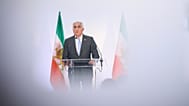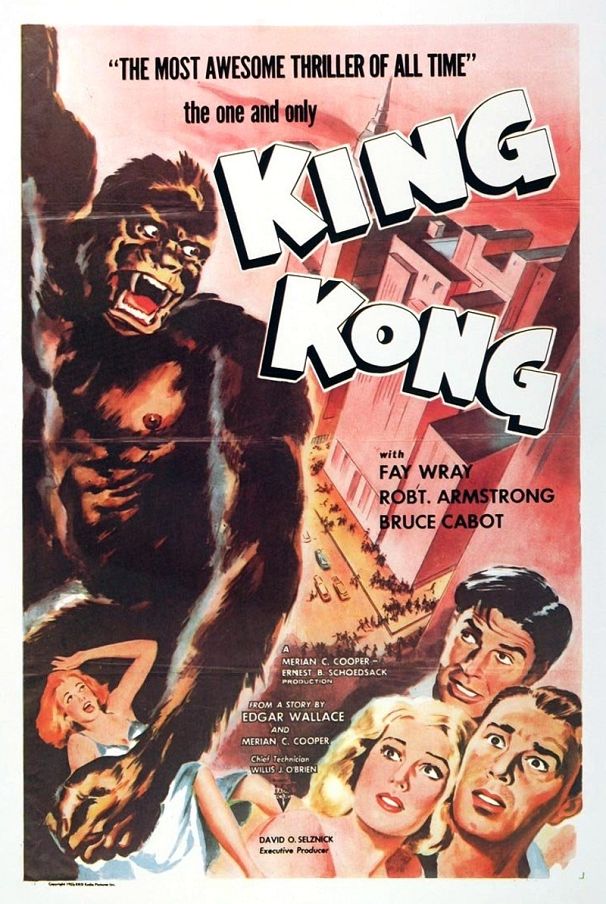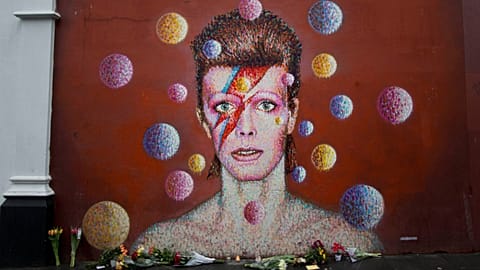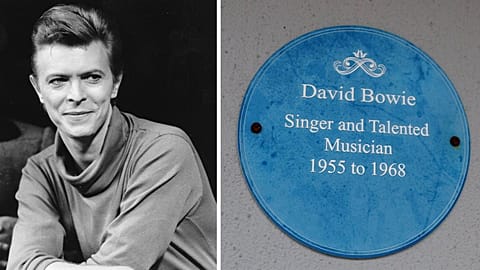90 years ago today, King Kong stormed onto screens and into cinema-lovers' hearts. Little did audiences know the face of film was about to change forever.
2 March 1933: King Kong climbs into cinema history.
If you went to see King Kong on opening night in New York, you couldn’t have known how good you had it.
In a year’s time the Hays Code would be widely implemented, stifling film content that had anything liable to offend white-middle class conservative Americans.
From 1934 to 1968, all Hollywood films were stripped of sexual innuendo, profanity, violence, homosexuality or miscegenation (relations between races). Despite the repression, many brilliant films came out of that era. But for a few brief years between the rise of “talkies” and the introduction of the Code, there were brilliant films with bold female leads, grey morals, and risqué imagery.
One of those films was the immediate classic, King Kong, directed by Merian C. Cooper and Ernest B. Schoedsack. Released on this day in 1933, the plot and imagery has been aped by every corner of culture that it seems trivial to describe. Filmmaker Carl Denham takes a motley crew including the beautiful Ann Darow to Skull Island to film the mysterious giant ape Kong. Ann is kidnapped by local tribesmen and sacrificed to Kong, who takes her off into the jungle. When Carl eventually captures Kong and brings him back to New York, Kong escapes and takes Ann again, scaling Manhattan’s skyline with her in tow.
But you knew all about that moment already.
The original King Kong may seem ropey to watch now, but the special effects by Willis H. O'Brien were groundbreaking. Audiences had never been so immersed in the jungle environment with dinosaurs and giant apes animated through painstaking stop-motion. It pioneered compositing live-action shots of actors with the stop-motion creatures, placing two differently coloured rolls of film over each to create the iconic Empire State Building finale.
Even though the film premiered in 1933 ahead of the Hays Code’s full implementation, the wider release was still affected by it. Scenes were cut ahead of the film’s rerelease, taking out moments including the violent killing of people by Kong and a moment where he undresses Ann.
For a long time, the original scenes were thought lost but in 1969 a 16mm original print was found and the full film was restored.
King Kong is one of the most influential pre-Code films, and has numerous sequels, as well as remakes of the original plot in 1976 and in 2005 by Lord of the Rings director Peter Jackson. The character of Kong has also crossed over with multiple other media franchises, from the Japanese equivalent giant monster Godzilla, to the Planet of the Apes series.
Why the tale of a giant ape who falls for a human woman became such a key moment in cinema is down to more than special effects. The story, taken from the Beauty and the Beast archetype, has been accused of racism for its depiction of an ape-like character whose relationship with a white woman is doomed.
Despite that, I think the reason for King Kong ’s longevity is its final scene. The lasting image of a creature towering above humanity’s great buildings is one that ignited audiences ever since that first preview. In that single shot, something devastating and untamable is presented and the folly of society is made clear.
As Robert Burns wrote: “The best-laid schemes of mice and men; Go oft awry.”



















